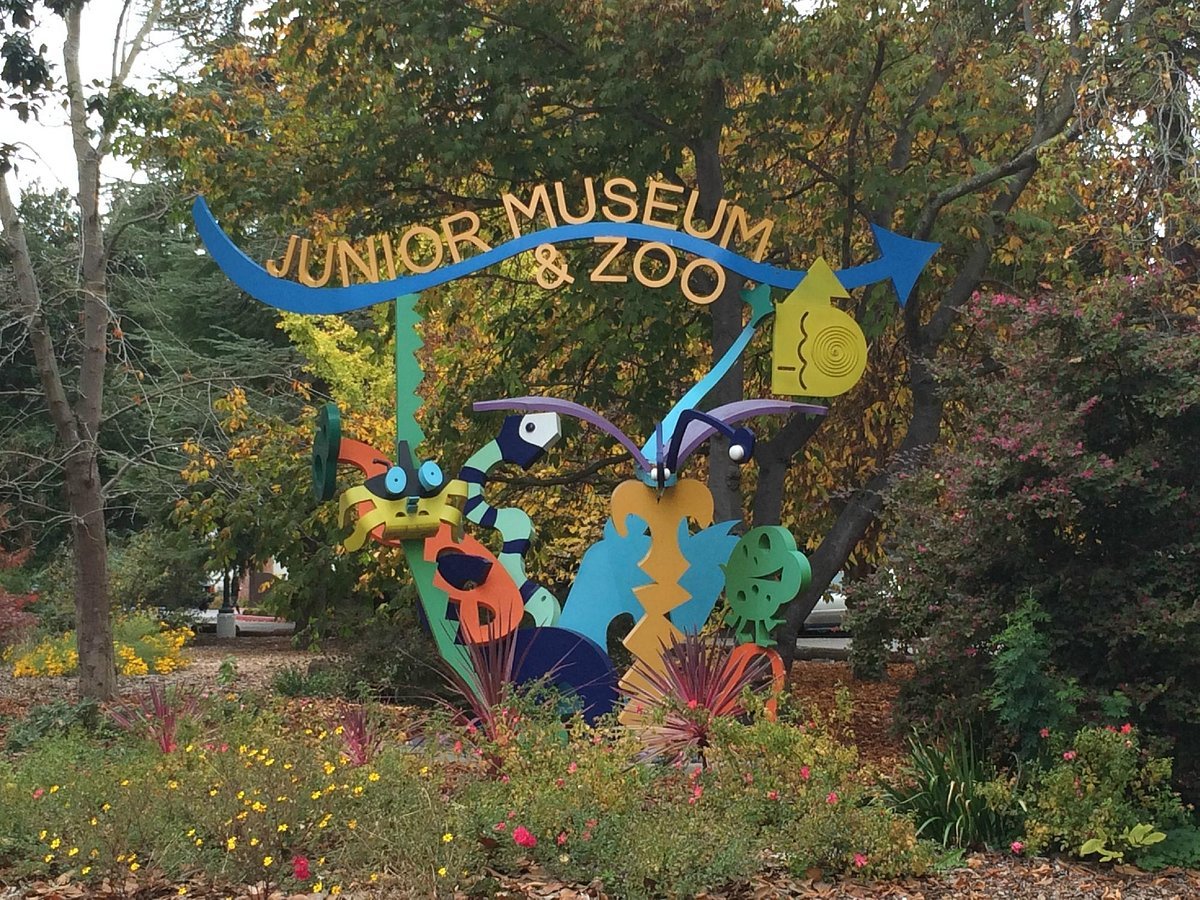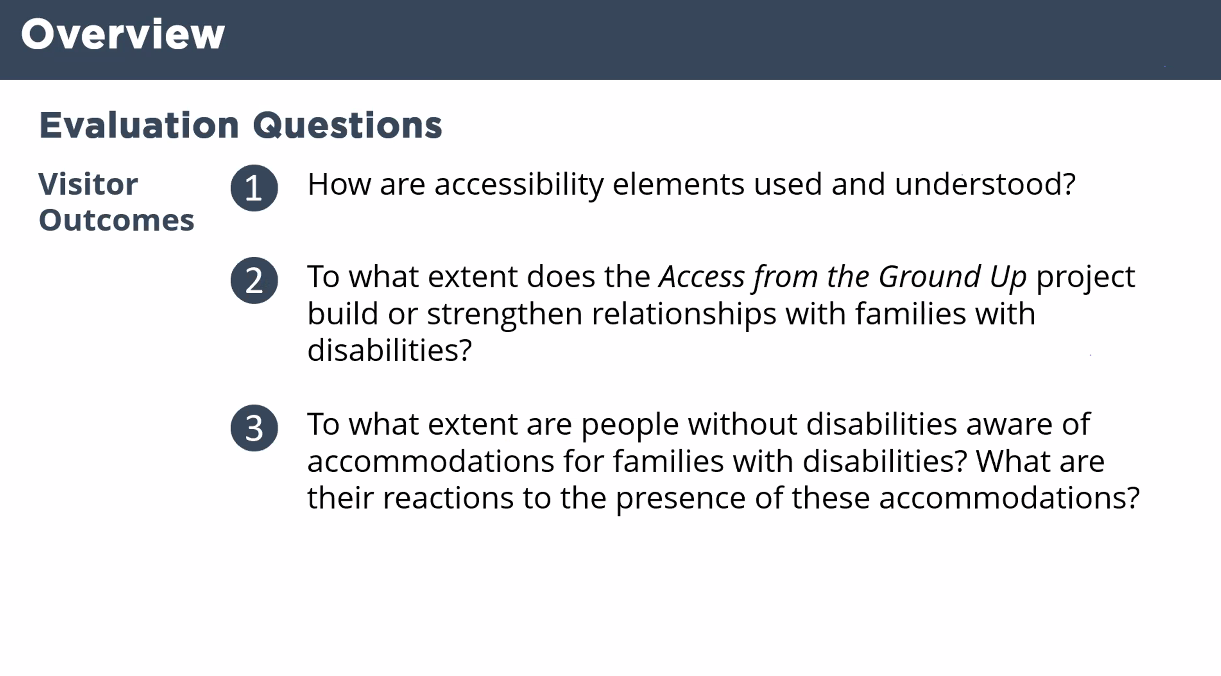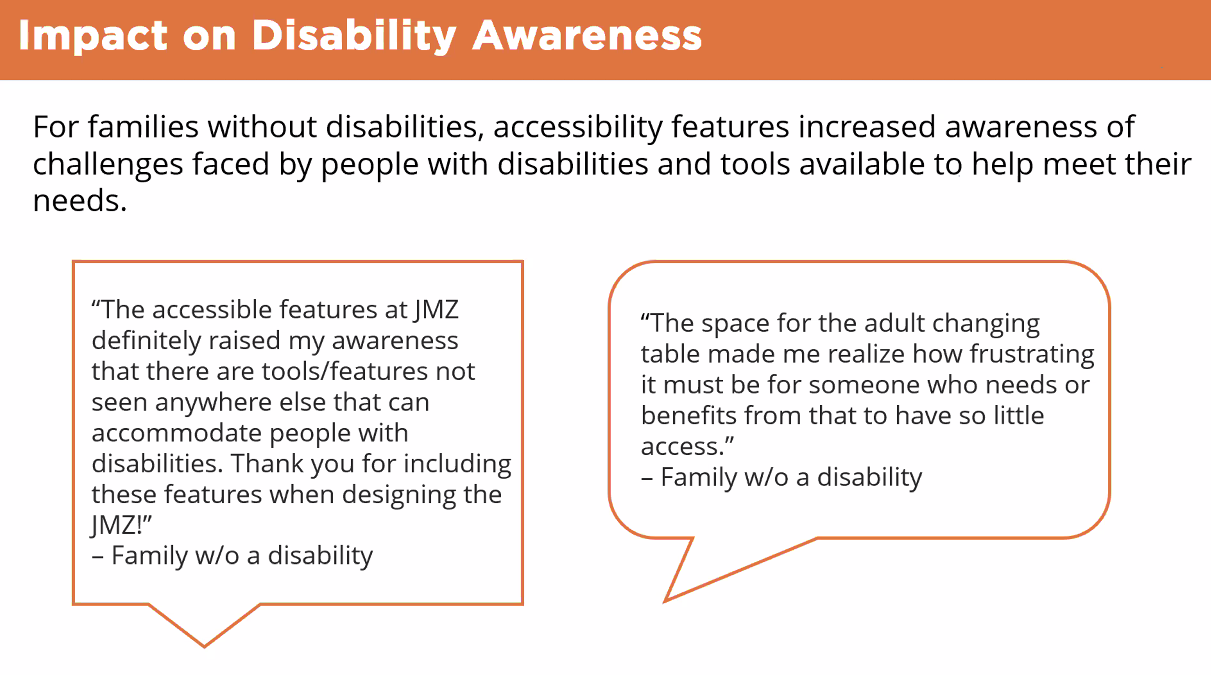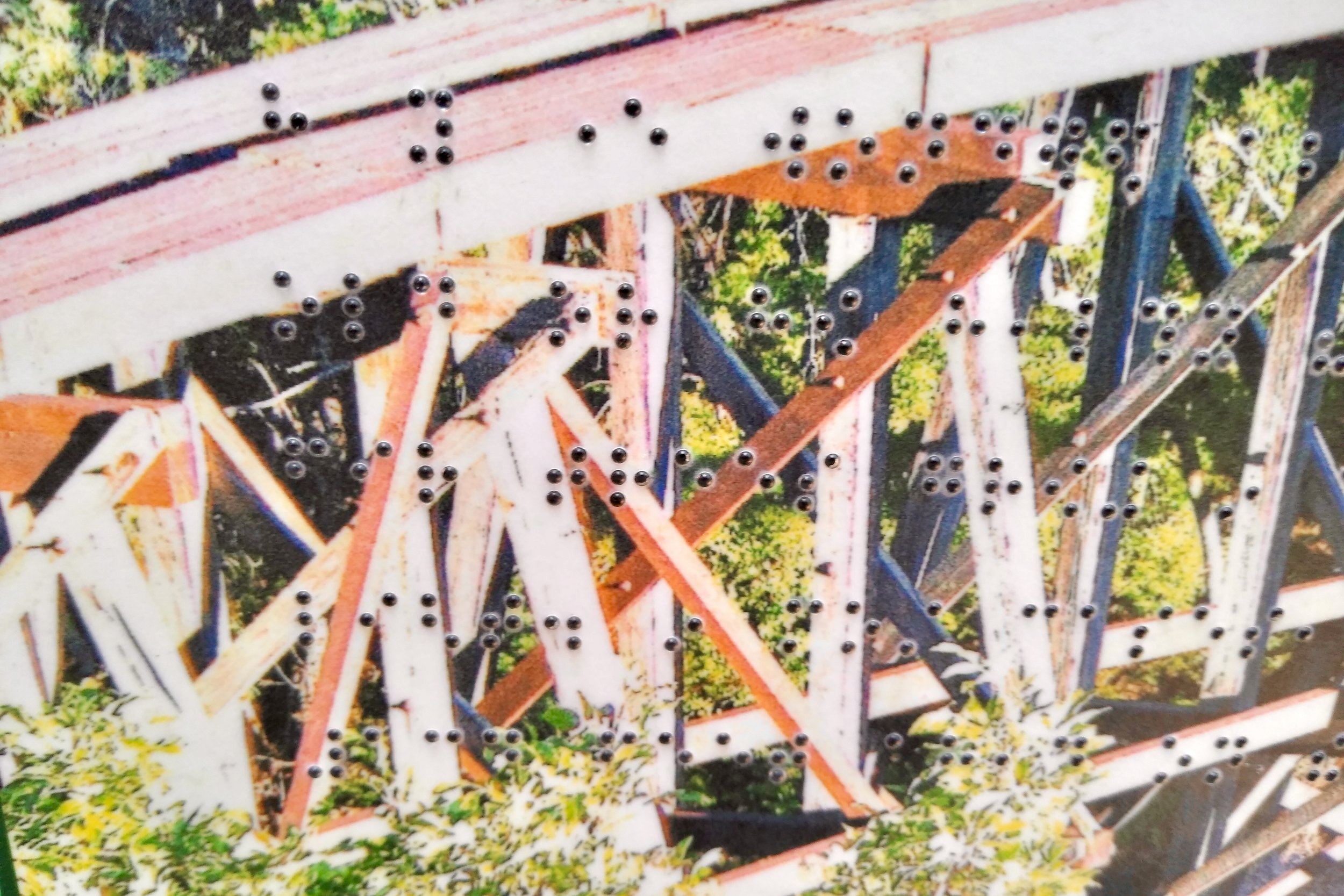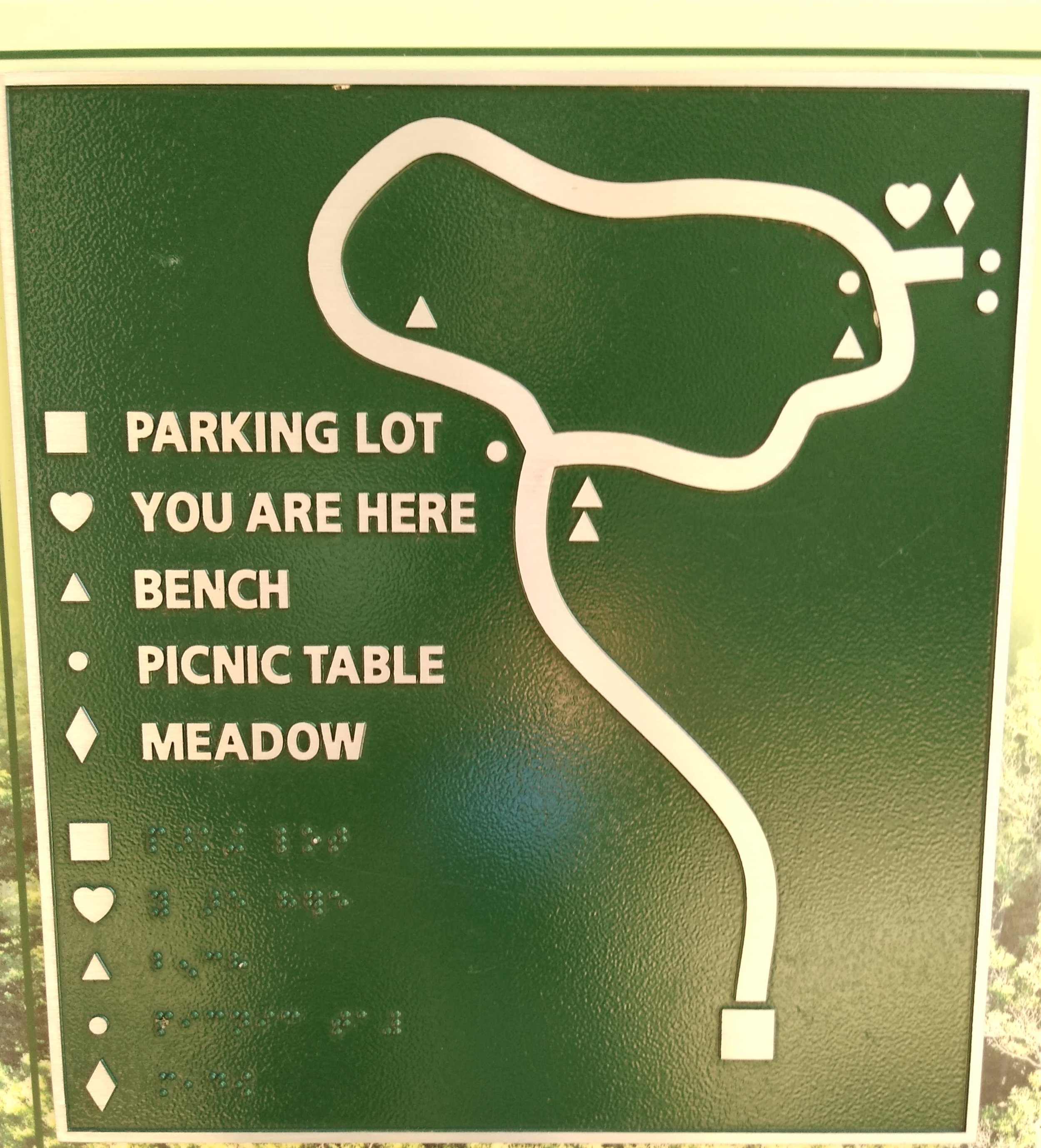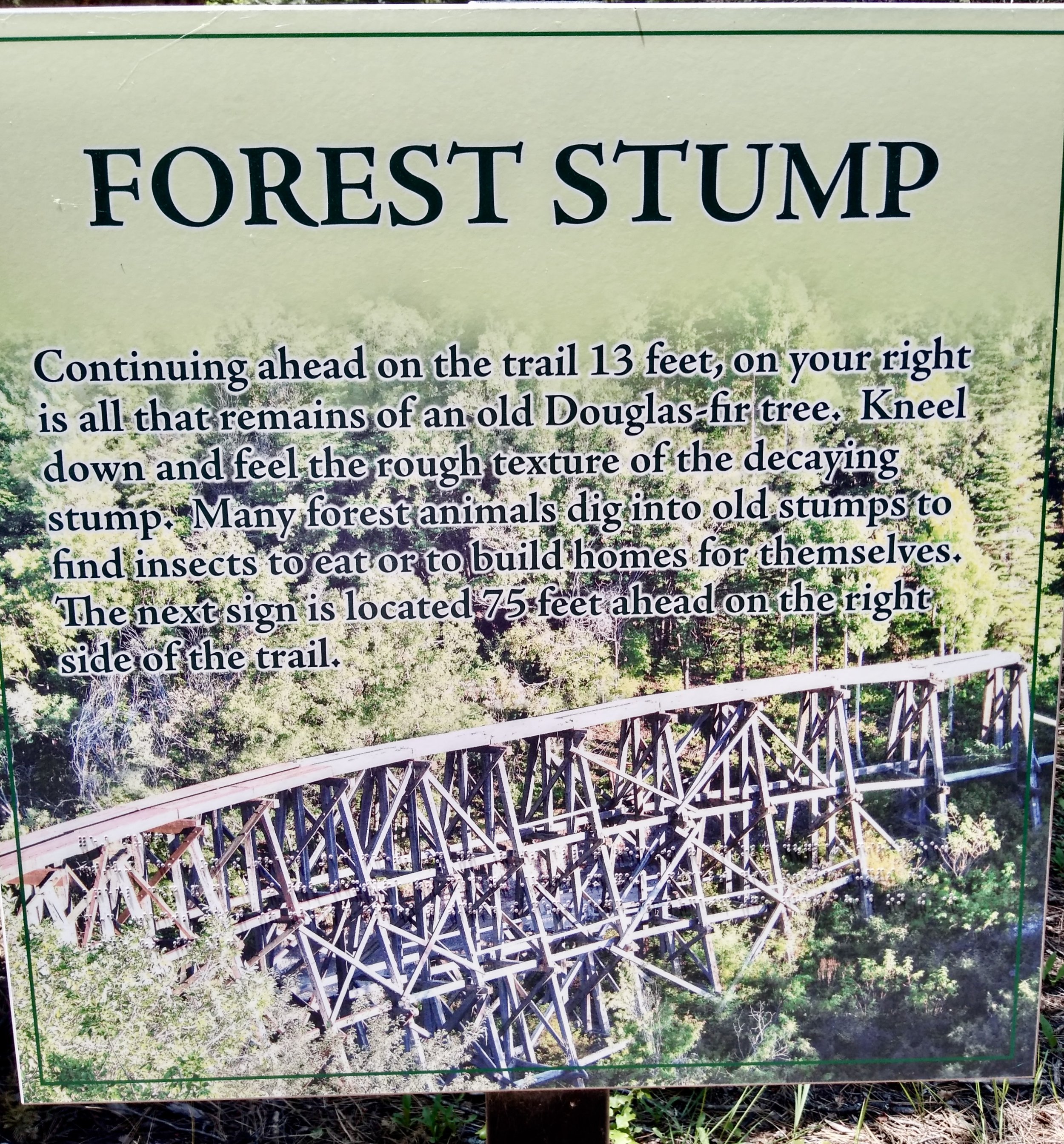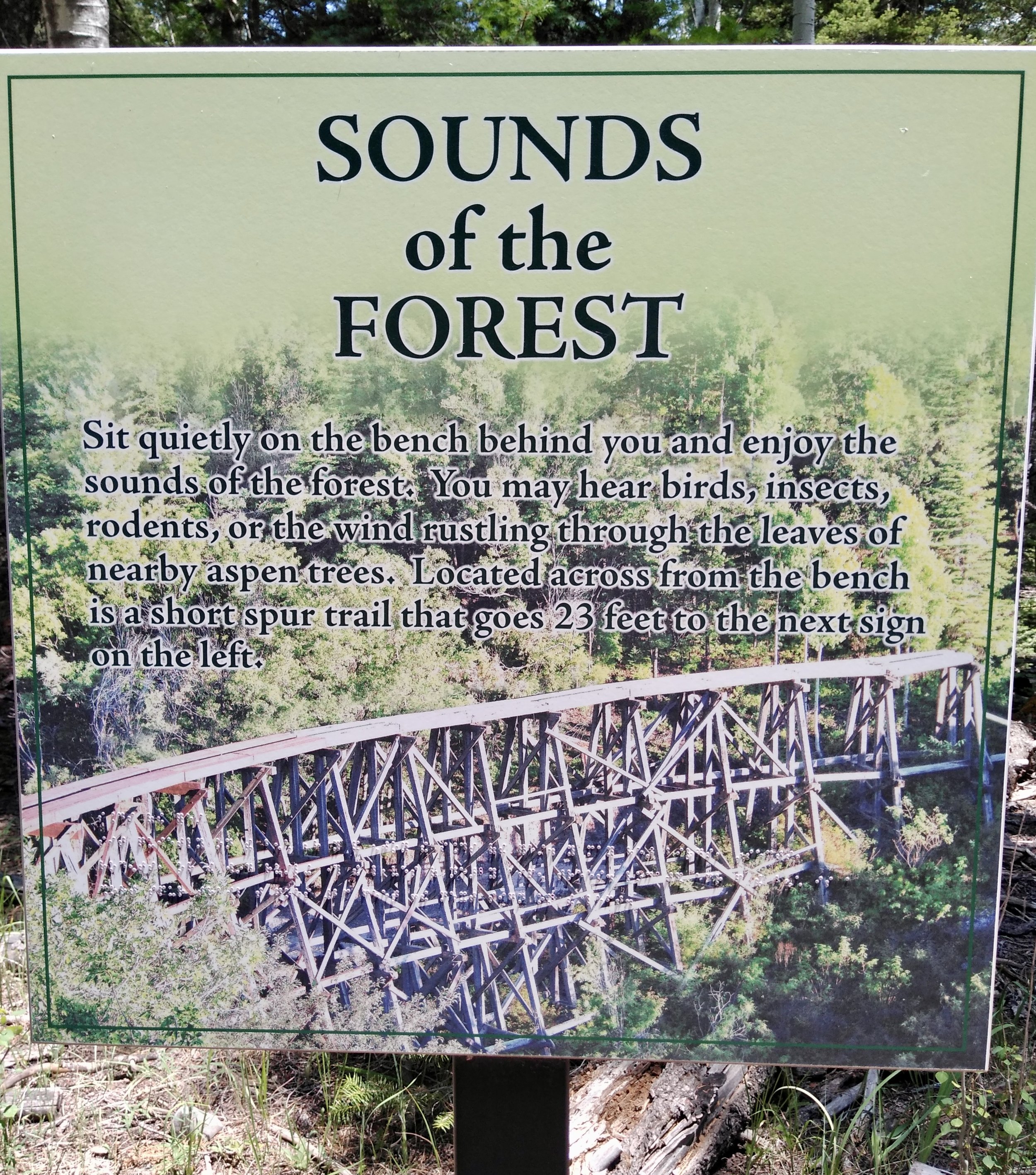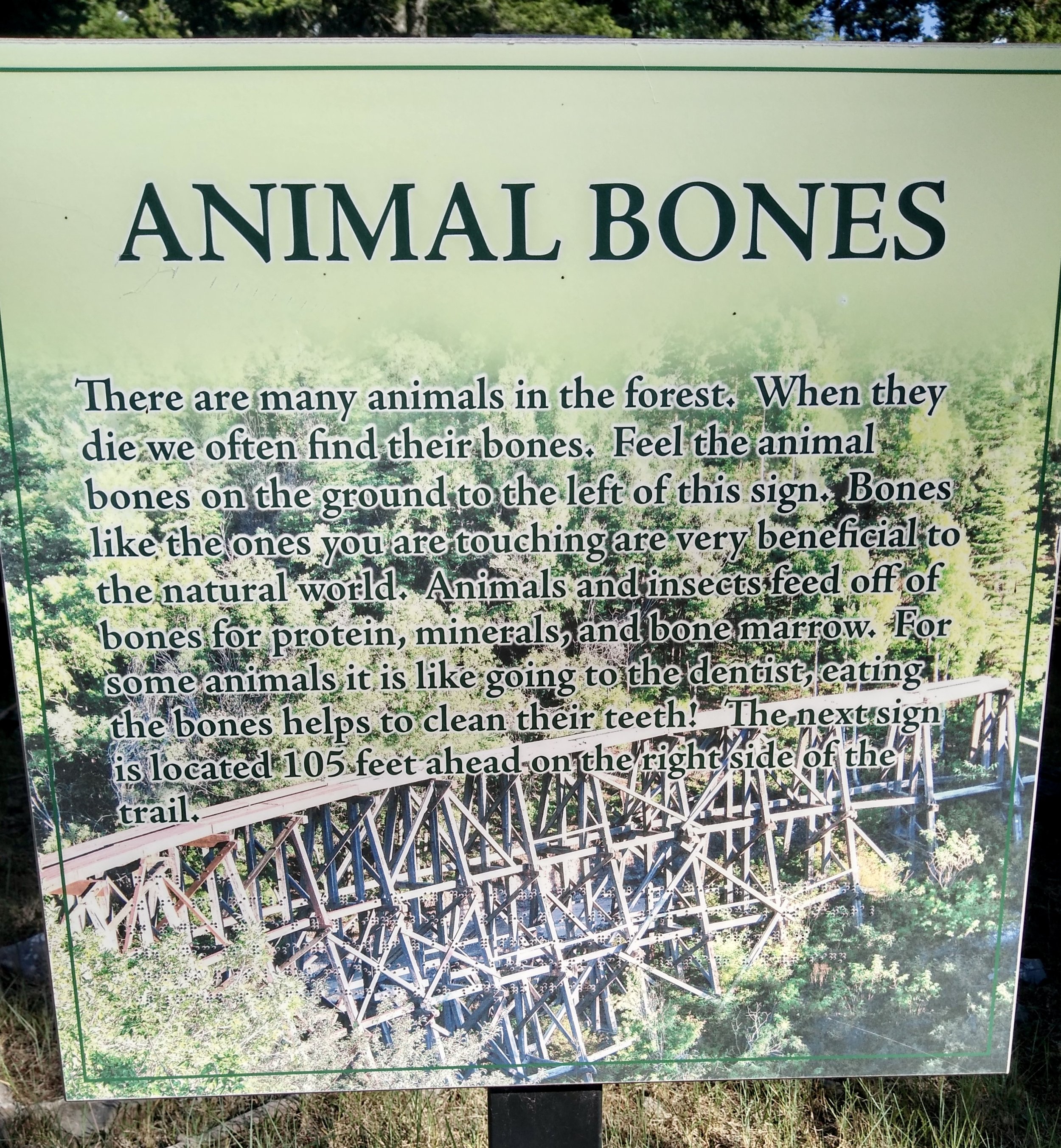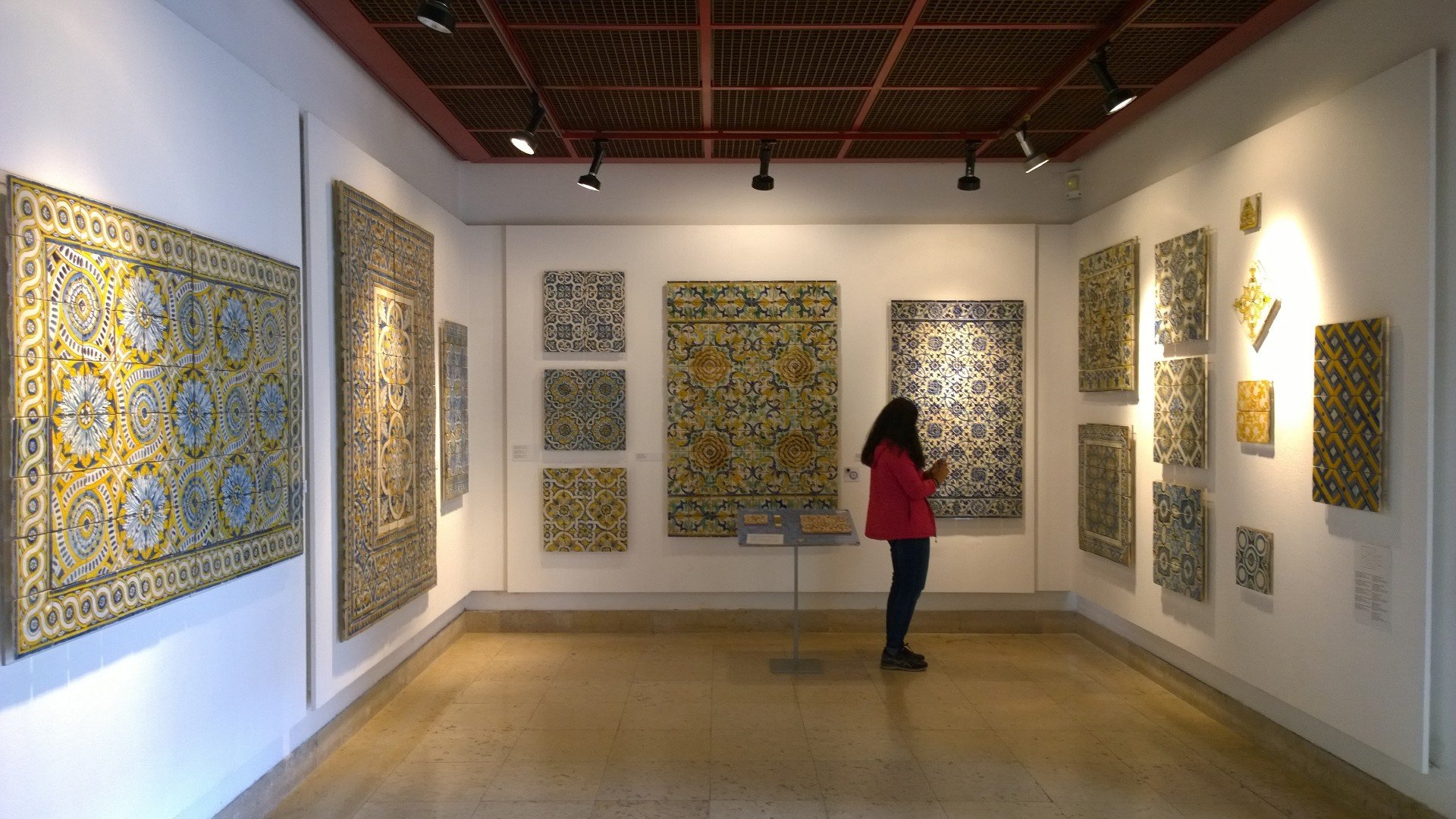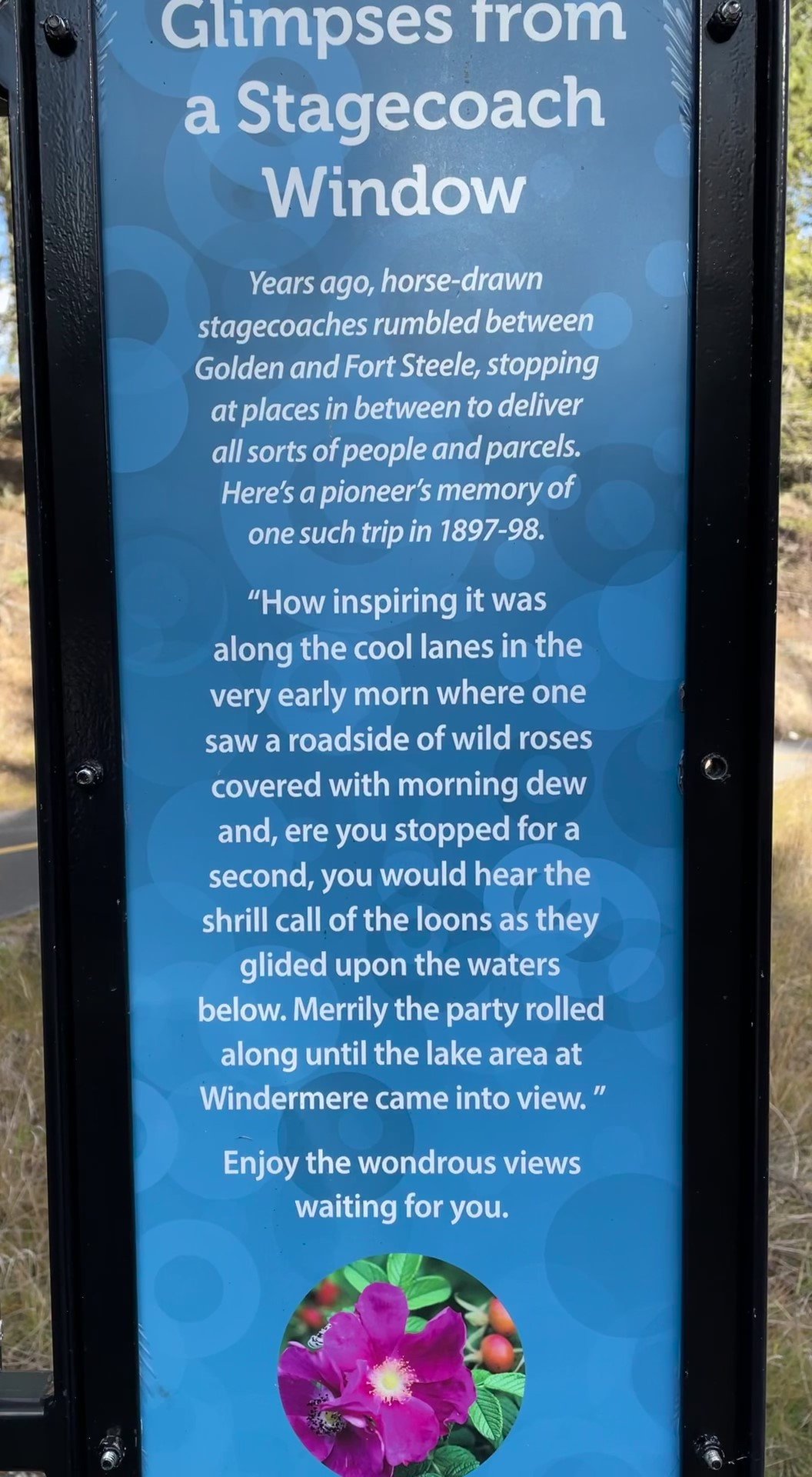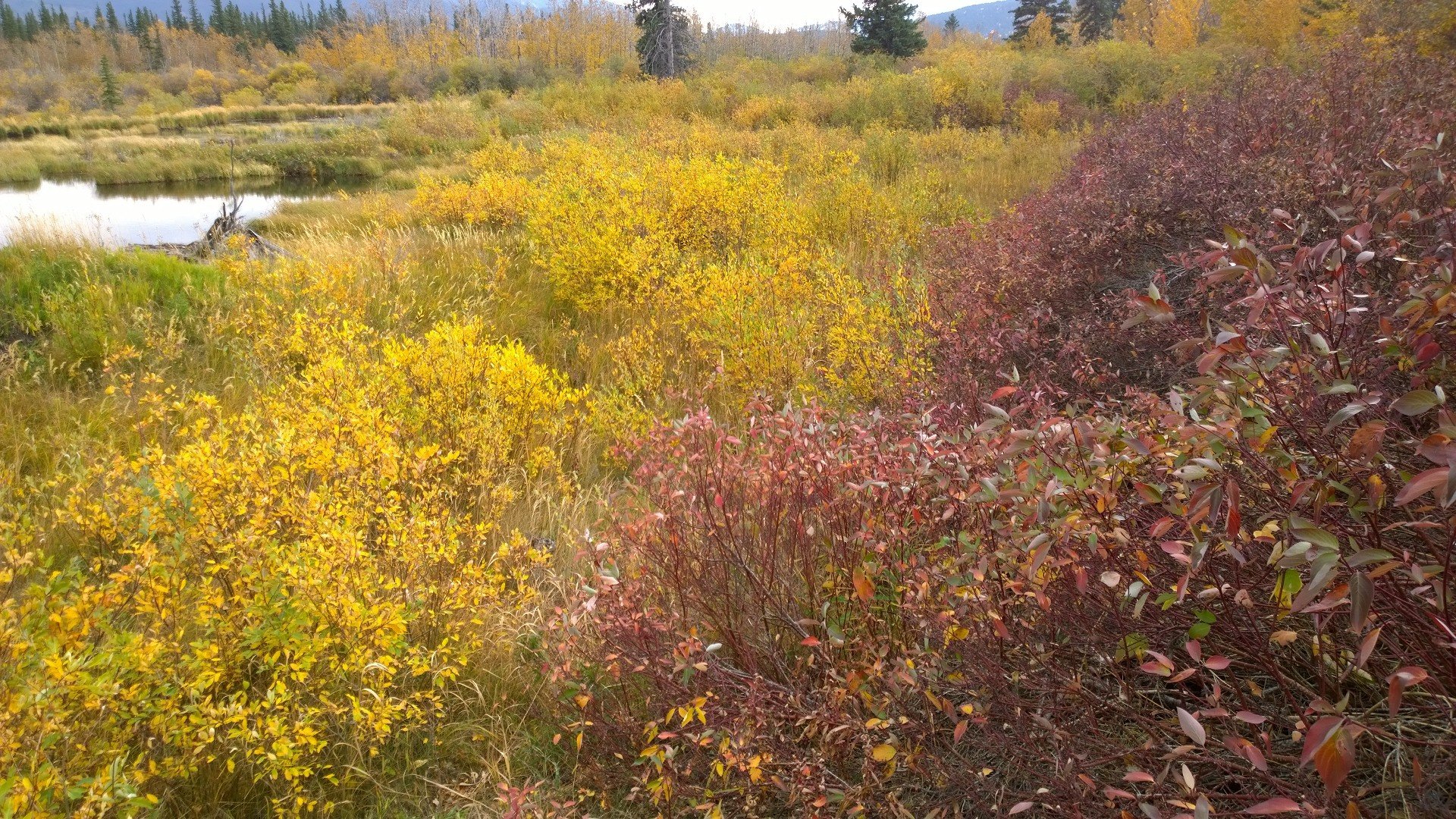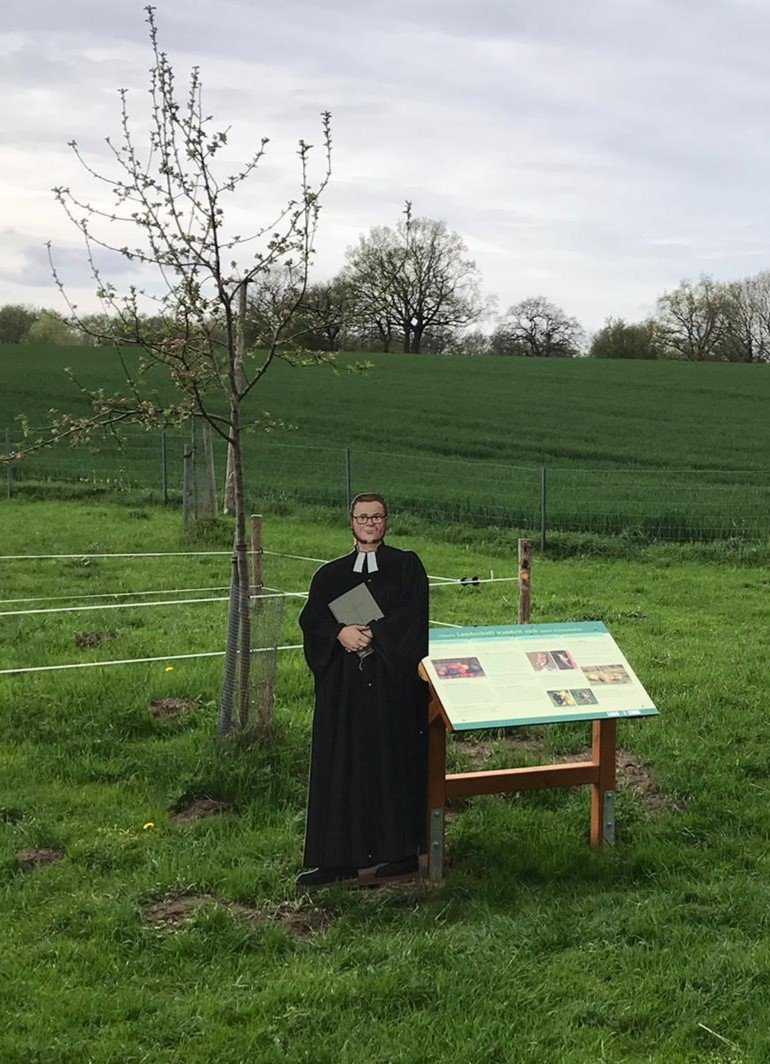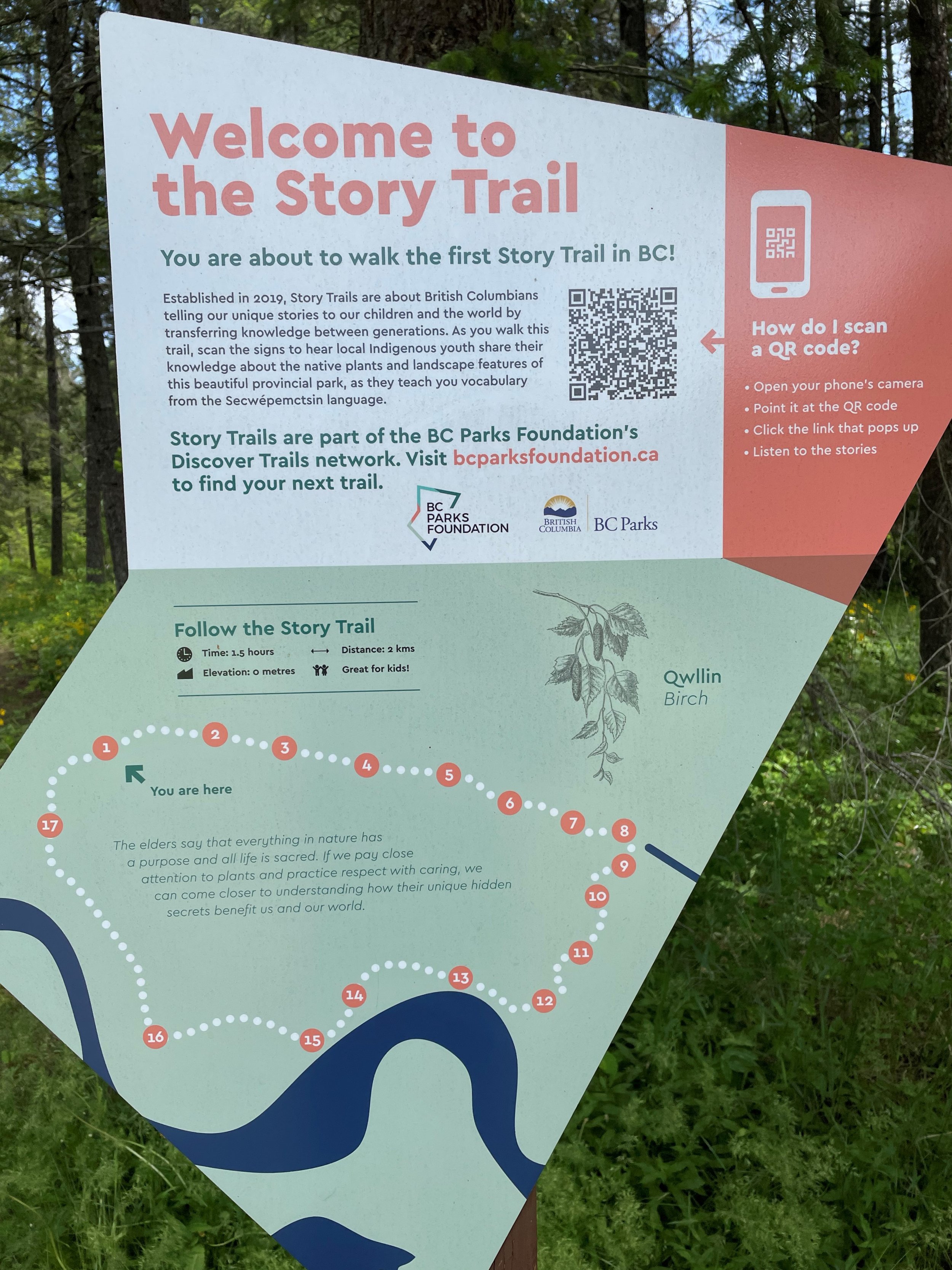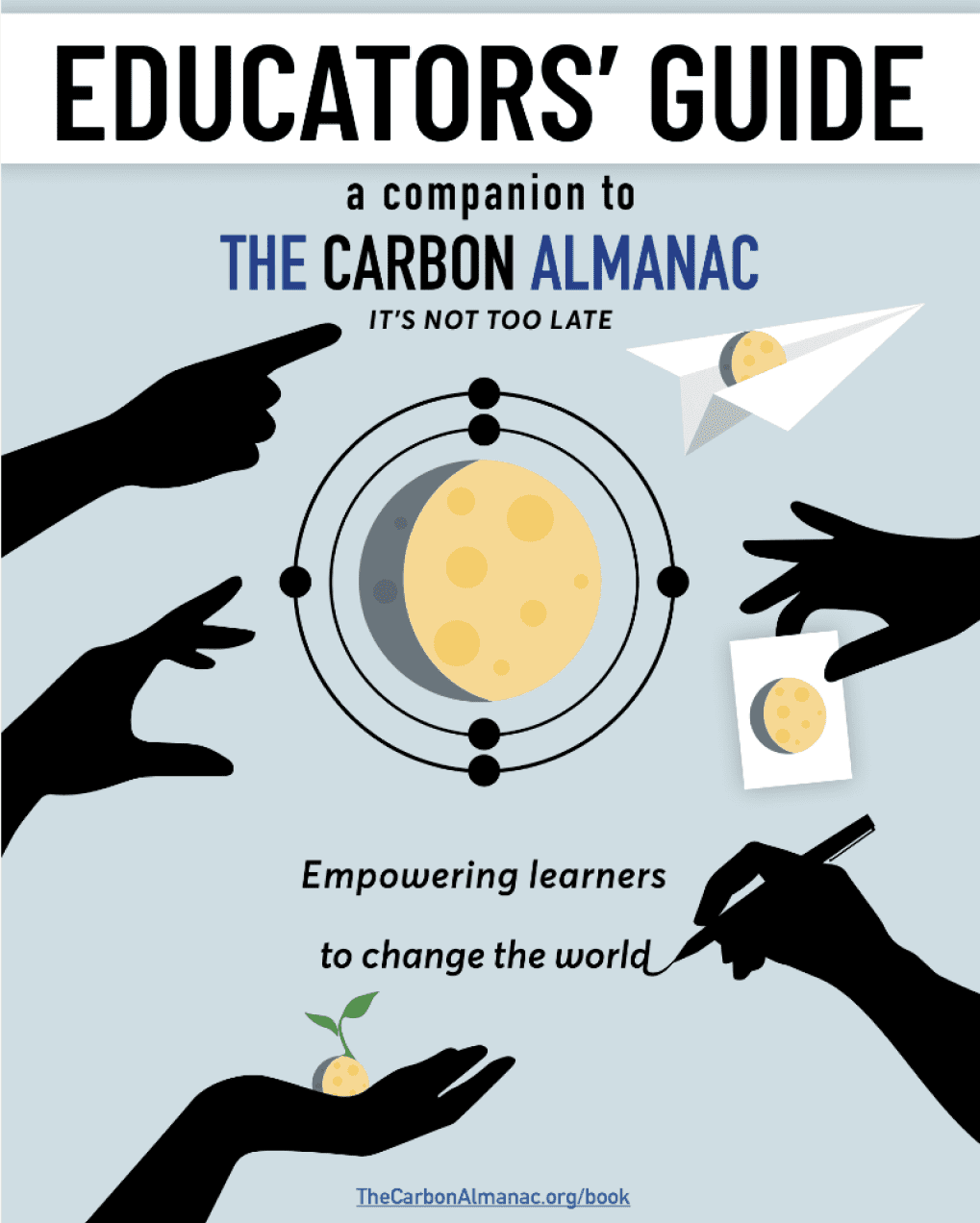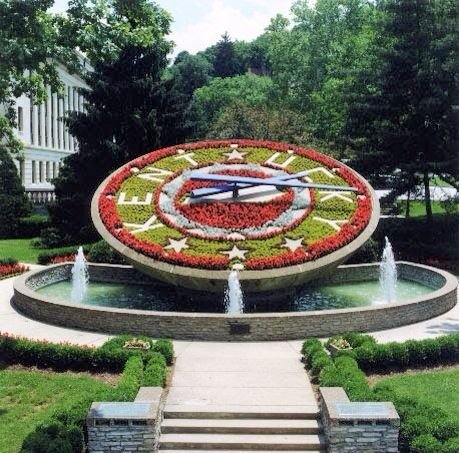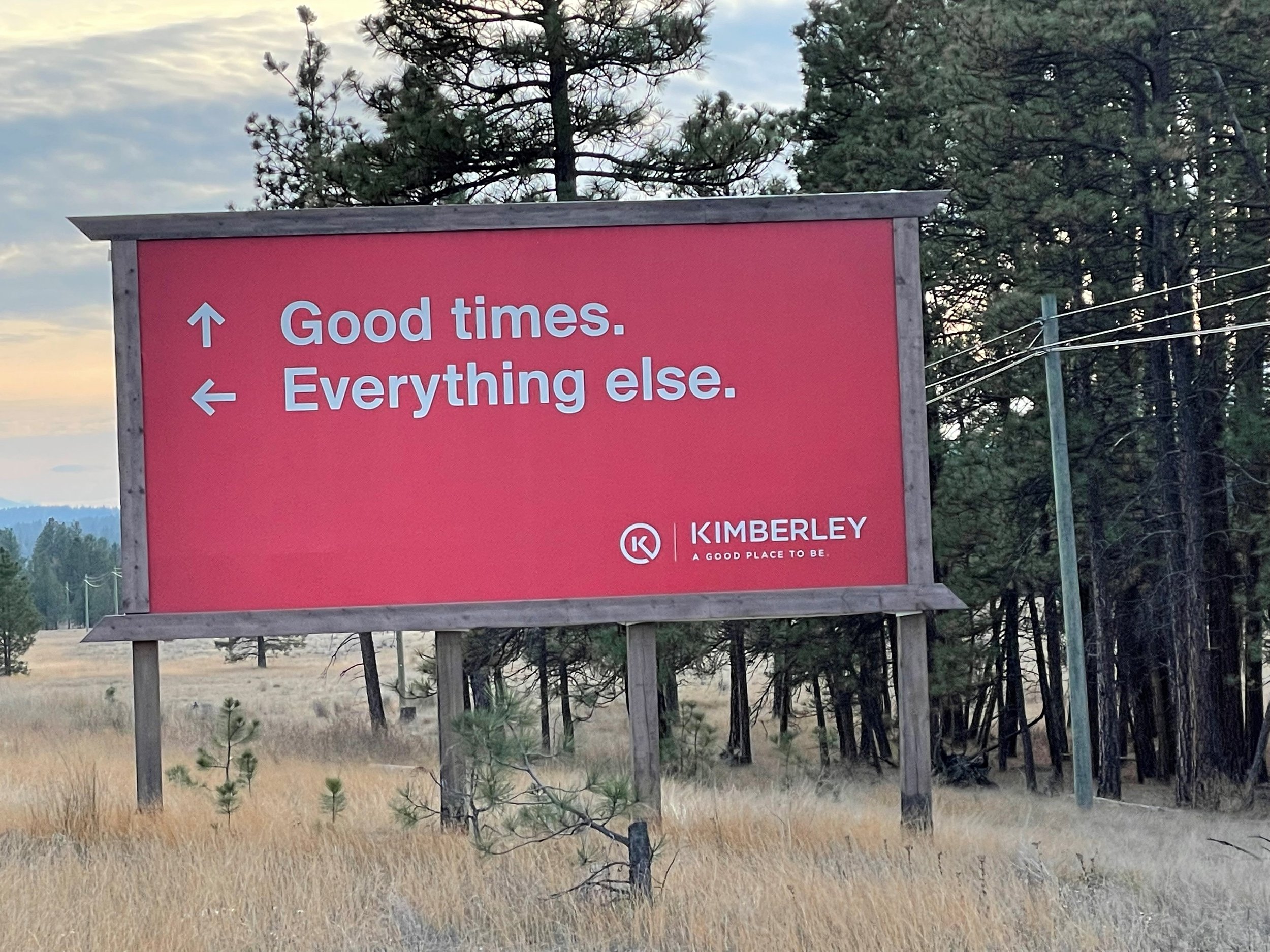We believe that setting the stage for visitors and welcoming them to our sites is a critical part of the interpretive planning and design process. If we are striving to connect people to place and enhance their relationship with the earth -their ultimate home – then we need to embrace the concept of kinship and one big family of humans and other-than-humans.
credit: Bill Reynolds
Obviously, the concepts of diversity and inclusivity figure into this although the concept expands outward from just being human-centred. There was an article about human cultural welcoming and acceptance that had earth kinship philosophy woven all through it so it will act as a good kickstarter for us.
The childrenandnature blogpost titled Finding Nature News, presented a delightful story in their April 2023 edition about how a park got ready to host 50 women in hijabs that were celebrating the end of the annual fasting and prayer period of Muslim Ramadan. I rediscovered the piece just recently and it resonated on so many levels I knew it had to be shared.
You all know our website name captures the interpretive outcomes of Engage Inspire and Delight (EID) as well as being our company name Experiential Interpretive Design (EID). Well, that Muslim festival time period at the end of Ramadan is called Eid ul-Fitr. An odd coincidence…
Yakuta Poonawalla with the Golden Gate National Parks Conservancy explained how she facilitated the Eid in the Parks program in San Francisco’s Golden Gate National Recreation Area, by inviting a local Muslim community to a volunteer habitat restoration event. She has continued this invitation for six years now.
Yakuta really got the essence of a park when she stated that a park does not judge, restrict, or exclude like humans do. She eloquently went on to state that the more-than-human world, our kin, is ready for us to reconnect respectfully. This was an outcome she wanted to accomplish with this series of group outings. When I read this my jaw dropped and I uttered, “wow.” Imagine if all our parks would aim for this.
She then went on to explain some lessons she learned along the way in order to be successful in welcoming new audiences.
credit: Finding Nature News
Yakuta mentioned about including time for the “breaking of bread” together and the importance of sharing food and drink in order to relax. Social barriers developed cracks and the ability to connect on different levels was enhanced. I learned very quickly when we did business coaching in tourism settings what the magic ingredient was if we wanted to have open conversations and successful collaborative outcomes. When eating together was designed into the process, then listening took place and joint agreements invariably happened more often.
“There is no better way to connect with the land than sitting on the floor.” Seems obvious but how often do we do this? Picnic tables were not used but blankets were spread on the ground to allow for a circular gathering- what was familiar to this culture.
The importance of a sense of welcoming was created through the simple setup of a welcome table — thoughtfully prepared with granola bars, maps of the park, kite art and craft supplies, a fresh flower vase, a bowlful of henna cones*, as well as a chalkboard informing passersbys about Eid and its importance.
*Henna cones are a cone-shaped packet of henna paste used to create temporary tattoos without the need for needling the skin.
credit: Finding Nature News
Yakuta also pointed out something that struck me deeply that I will always keep in mind, moving forward, when creating conditions for relationship building. And I quote: “When a personal language or mother tongue surrounds us, there is a deep sense of comfort and belonging.” She provides a wonderful example of sensing the pervasive relaxation that descended on the hosted crowd when familiar music and lyrics were played.
If our visitors are not relaxed and have “a sense of comfort and belonging” when they come to the heritage places we are trying to assist them in connecting to - then we are engaging in an uphill battle.
However, the most impactful item that Yakuta mentioned related to how the word “kinship” had taken centre stage in her life during the COVID pandemic. She had learned life practices that helped her connect park visitors to the park by “becoming a better kin - a human who only feels pure love for all beings.”
credit Bill Reynolds
She talked about how the seeds of kinship had been planted early on in her life through an iconic, animated short film released in India in 1974, titled “ Hum Sab Ek Hain “ which translates to “We are One.” Her memories centred around ideas of harmonious living, strength and power in unity, irrespective of diverse identities, cultural and religious backgrounds.
To read the entire article go to Park pilgrimages: Unearthing new ways of being in nature | C&NN (childrenandnature.org)
During COVID she discovered the Kinship book series “Kinship: Belonging in a World of Relationships.” She relates that this became a powerful healing balm and a compass for her.
It is worth expanding on this reference she made as I have been meaning for awhile to bring awareness of this literary series for our blog followers. This is a great resource.
credit: Center for Humans and Nature website
There are five Kinship volumes in the series—Planet, Place, Partners, Persons, Practice—using essays, interviews, and poetry to highlight the interdependence that exists between humans and nonhuman beings. Co-editors are Robin Wall Kimmerer, John Hausdoerffer, and Gavin Van Horn.
This book series is a guide and companion into the ways “we can deepen our care and respect for the family of plants, rivers, mountains, animals, and others who live with us in this exuberant, life-generating, planetary tangle of relations.”
· Planet discusses the profound longing we have for kinship;
· Place deals with bioregional kinship among communities and systems;
· Partners talks about how cultural narratives shape relationships;
· Persons detail how to respectfully engage a world of humans and other-than-humans;
· Practice explores the everyday and lifelong ways we become kin.
One reviewer said:
“At a time when the human is no longer tenable as a category unto itself, we will need the prophetic voices of these poets, philosophers, mothers, fathers, scientists, thinkers, public intellectuals, artists, and awestruck fugitives to kindle a politics of humility, to help us fall down to earth from our gilded perches, to help us stray from the threatening familiarity of our own image.”
Another reviewer summarizes the intent of the series and captures some powerful perspective-changing values that, as interpreters, we need to invite our visitors to consider:
“Rather than controlling our environments using methods rooted in human exceptionalism (i.e., we know best), we are urged to learn from our kin. Rather than 'using' land, water, and wildlife as 'natural resources,' we are urged to be in reciprocity and right relationship with our kin. Rather than labeling birds, rocks, and rivers as 'it,' we are urged to think of them as persons who have their own rights. Rather than being static, we are urged to be kinetic (Kin-etic?). Decolonization begins with unlearning, and this is a good place to begin."
The book series are produced through the Center for Humans and Nature and their website has a link to book club discussions. The web site can be linked to here Kinship | Center for Humans and Nature
At EID we see interpretive planning and design work as a perfect vehicle to create the experiences that allow for kinship practice and harmonious living at our natural heritage park settings. How does one build earth relationships as they need to be recognized, attended to and savoured? Being outside in touch with the elements of life while nurturing empathy & discovery, sharpening senses and stilling oneself are core approaches to be employed.
Kinship building is a core element necessary for the needed harmonious living that all human life must embrace going forward. Kinship is a feeling of being similar, being related. We breathe the same air and we drink the same water. We share the same space (earth) and we are warmed by the same sun.
That feeling along with joy, reverence and love for the incredible planet we share have been designed into playfully serious experiences known as Earthwalks by the Institute for Earth Education.
credit: Institute for Earth Education
These carefully choreographed walking journeys are described in the book titled, “Earthwalks an alternative nature experience,“ authored by Steve Van Matre and associates of the Institute for Earth Education. EID co-founder, Mike Mayer, is such an associate and was a major contributor to the Earthwalk concept.
As Steve Van Matre says, “in reality, we are one family, a carbon-based family of life with many threads and a multitude of members.” “Each living thing on the earth is a spark of sunlight caught in a vast web of life.” “We should not speak of bloodlines but energy and material lines in the web of life.”
The most powerful of human bonds is the feeling of family. Many of us are connected by shared experiences. For the park visitor, earthwalks can engender that feeling toward every other living thing that we are intimately connected with.
Earth kinship needs to be nurtured and our park heritage sites are wonderful settings where we can plan and design kinship building experiences. Earth kinship needs to be practiced now -there is no time to waste.











